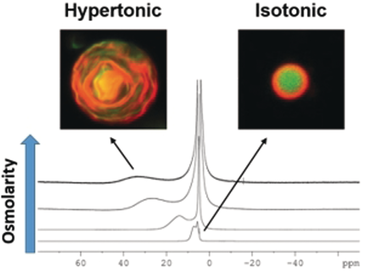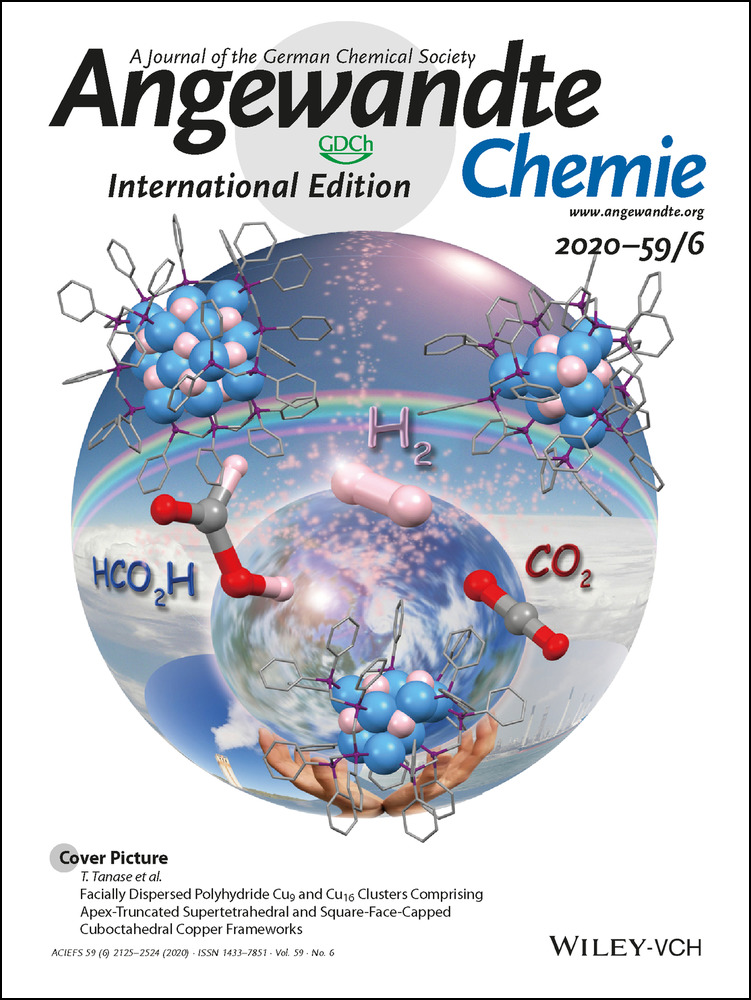Multilamellar LipoCEST Agents Obtained from Osmotic Shrinkage of Paramagnetically Loaded Giant Unilamellar Vescicles (GUVs)
Graphical Abstract
GiantCEST: Giant unilamellar vesicles (GUVs) loaded with LnIII complexes can be used as chemical exchange saturation transfer (CEST) MRI contrast agents. Upon osmotic shrinkage, GUVs yielded a saturation-transfer effect three orders of magnitude higher than small unilamellar vesicles (SUVs). Confocal microscopy showed that the shrinkage of GUVs resulted in multilamellar particles whereas the shrinkage of SUVs yields asymmetrical, discoidal particles.
Abstract
Moving from nano- to micro-systems may not just be a matter of scale, but it might imply changes in the properties of the systems that can open new routes for the development of efficient MRI contrast agents. This is the case reported in the present paper, where giant liposomes (giant unilamellar vesicles, GUVs) loaded with LnIII complexes have been studied as chemical exchange saturation transfer (CEST) MRI contrast agents. The comparison between nanosized liposomes (small unilamellar vesicles, SUVs) and GUVs sharing the same formulation led to differences that could not be accounted for only in terms of the increase in size (from 100–150 nm to 1–2 μm). Upon osmotic shrinkage, GUVs yielded a saturation-transfer effect three order of magnitude higher than SUVs consistent with the increase in vesicles volume. Confocal microscopy showed that the shrinkage of GUVs resulted in multilamellar particles whereas SUVs are known to yield asymmetrical, discoidal shape.





